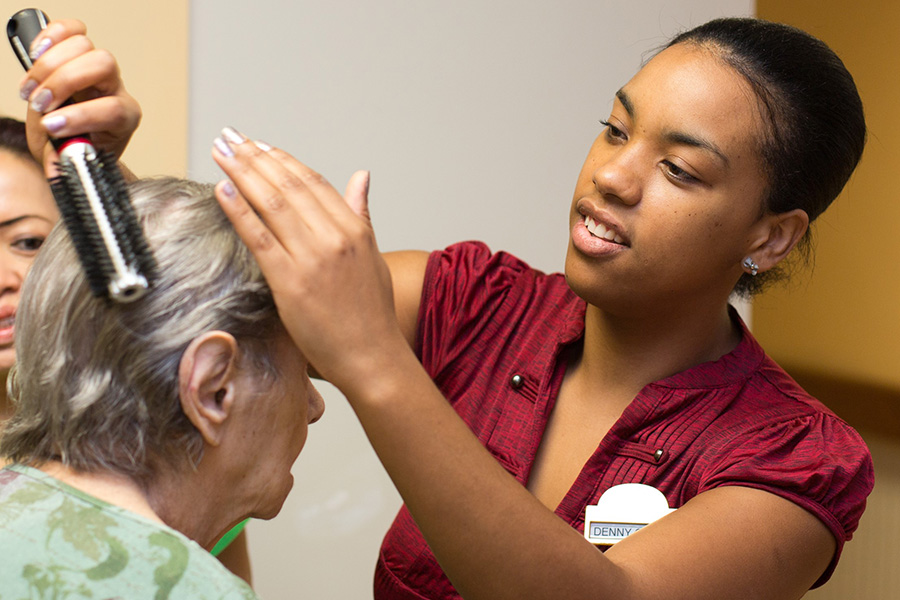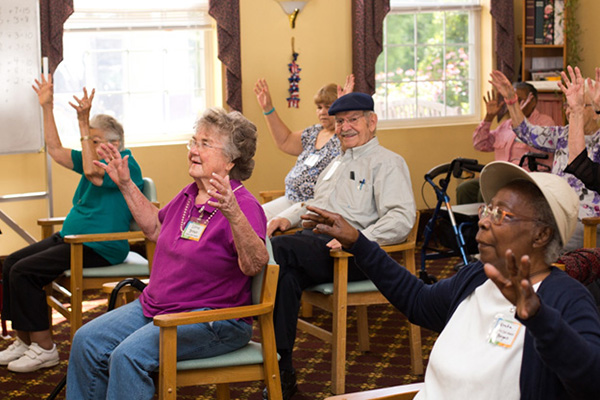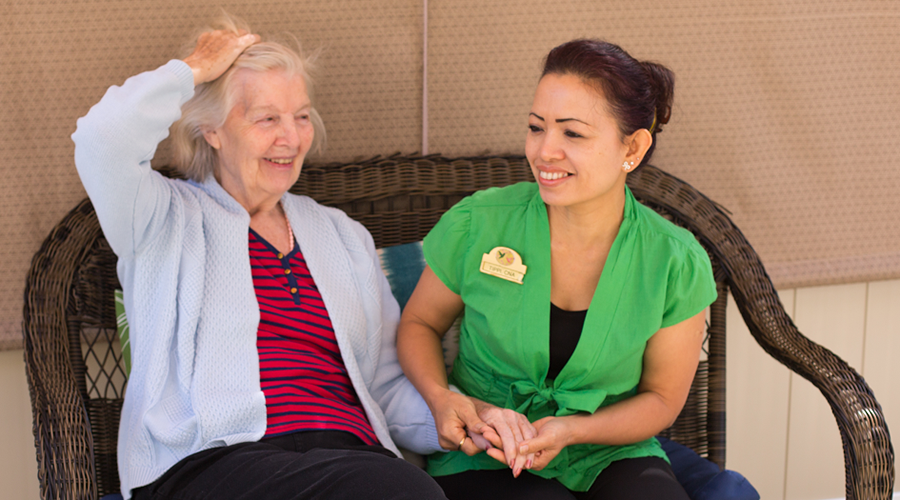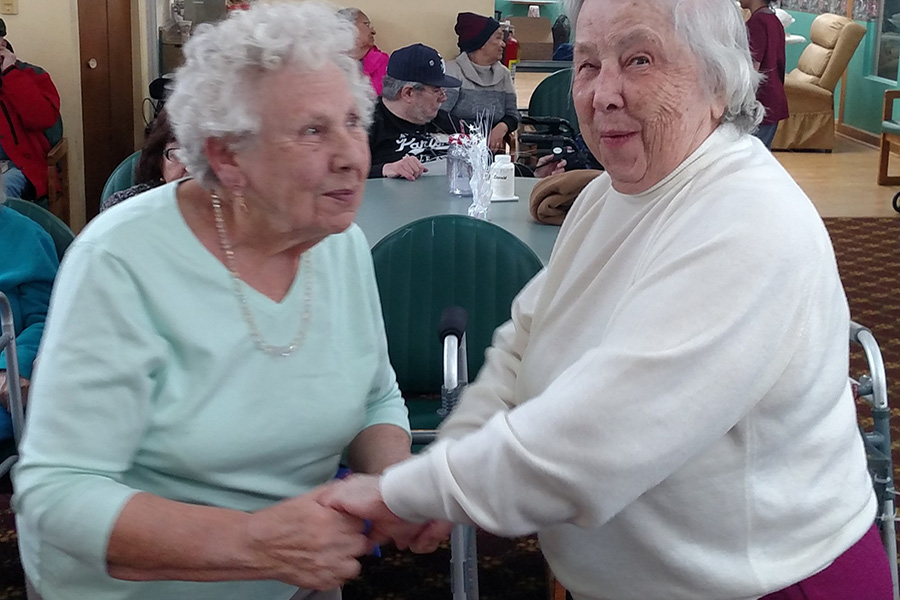An Article by American Health Care Association (National Center for Assisted Living)-
A Guide For New Residents & Families
You have made the decision to move into an assisted living residence. Yet you still have many questions. Do I really need the help? Will I make new friends? Will I receive help when I need it? Will I continue to see my family and friends? While all these questions are common, the answer to all of them is the same— Yes! You can make new friends, you can receive the personal assistance you need, and you can continue to see your family and friends. Change can be challenging. The time it takes to transition is different for everyone. The keys to success are preparation, a positive attitude, a supportive network of family and friends, along with patience and understanding—all will prepare you for a smooth transition.
Privacy Concerns
One of the biggest differences between living in your own home and assisted living is the number of people under one roof. You will have the opportunity to be around your contemporaries and make new friends. However, that doesn’t mean you will lose your privacy. Your apartment is your space. Friends and family can visit you, but you determine when. You may want to request a key to your apartment for added privacy and security.
What To Bring To Your New Home
Soon after selecting a facility, residents say to begin planning for your move, including deciding which personal items such as furniture, keepsakes, and photographs to move.
Based upon their personal experiences, many residents suggest you see the actual apartment or unit that you will move into and take measurements. Ask the administrator or director what furniture, if any, the residence will provide. Some residences may provide minimal furniture, such as a bed or chair upon request; other residences encourage you to bring whatever furnishings will make you feel comfortable in your new home. Experience indicates that making choices about personal possessions is difficult at the time; however, one resident said, “It’s not as bad as you think . . . Try to remain positive and have family and friends help you.”
Residents suggest that you might want to leave large pieces of furniture at home, since your apartment will probably be smaller than your current home. They also 1201 L St., NW 202-842-4444 Making A Successful Transition Washington, DC 20005 2 suggest that you bring smaller prized possessions to create that “at-home” feeling in your new assisted living apartment. And, for those possessions that you can’t part with but aren’t sure that you want to bring with you, consider putting those items in a storage unit or asking family to temporarily store the items for you. This way you will have time to determine which items are important to have with you at your new home.
You should start packing well in advance of the actual move. Sort through your clothes and decide what you will need and how much your new closets will hold. Residents advise to be sure to look at available closet and storage space to avoid bringing more than the closets can hold. Avoid bringing too many of one thing such as coats.
Moving Day Helpers
When moving day arrives and you are ready to set up your new home, ask family and friends to help arrange and organize your apartment. Many assisted living residences have staff members who can help move your furniture and other heavy pieces into your new apartment. You will want to find out what assistance the residence offers before you arrive on moving day. Although staff, family members, and friends are there to help you, it is important that you decide how your apartment is arranged. Remember, arranging your apartment to suit your preferences will make your adjustment easier.







Leave A Comment